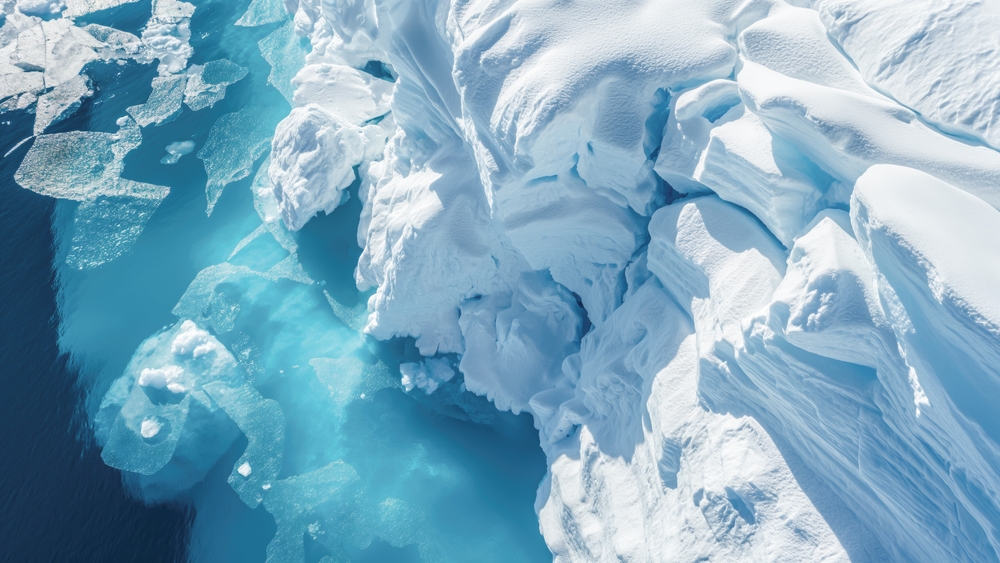Debris from south of New Zealand, could reach Antarctica in less than nine months.
Others are reading now
Climate change could dramatically alter Antarctica as warming temperatures make the frozen continent more accessible to invasive species, scientists warn.
Less Than Nine Months Away
The ongoing melting of sea ice around Antarctica is creating pathways for species from the Southern Hemisphere to reach its shores, according to a study published in “Global Change Biology,” according to Tech.
Researchers from the University of New South Wales (UNSW) in Australia conducted a 19-year study analyzing the movement of floating debris, considering ocean currents and wave patterns.
They discovered that debris from Macquarie Island, located south of New Zealand, could reach Antarctica in less than nine months. In contrast, waste from South America took the longest to arrive.
Also read
Sea Ice is a Barrier
The study identified coastal areas on the Antarctic Peninsula as particularly vulnerable to these invasive species. The region, already experiencing relatively low sea temperatures due to frequent sea ice loss, is becoming increasingly conducive to the spread of non-native species.
“Sea ice acts as a natural barrier, preventing many foreign species from reaching Antarctica,” explained Dr. Hannah R. S. Dawson, who led the study and is now affiliated with the University of Tasmania.
However, as the ice continues to recede, it will be easier for organisms floating on the ocean surface or attached to debris to colonize the continent. This could have significant impacts on Antarctica’s unique ecosystems.


